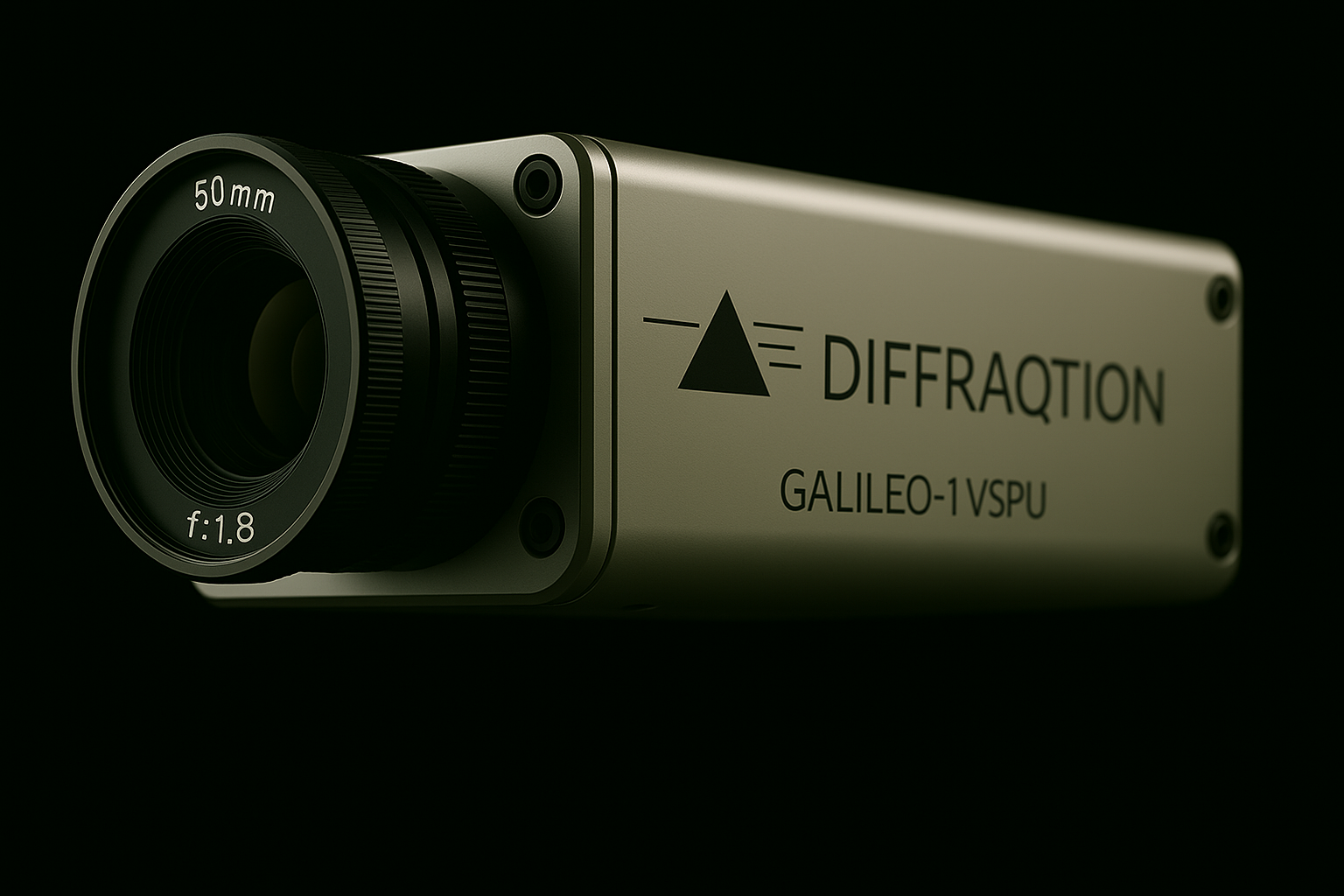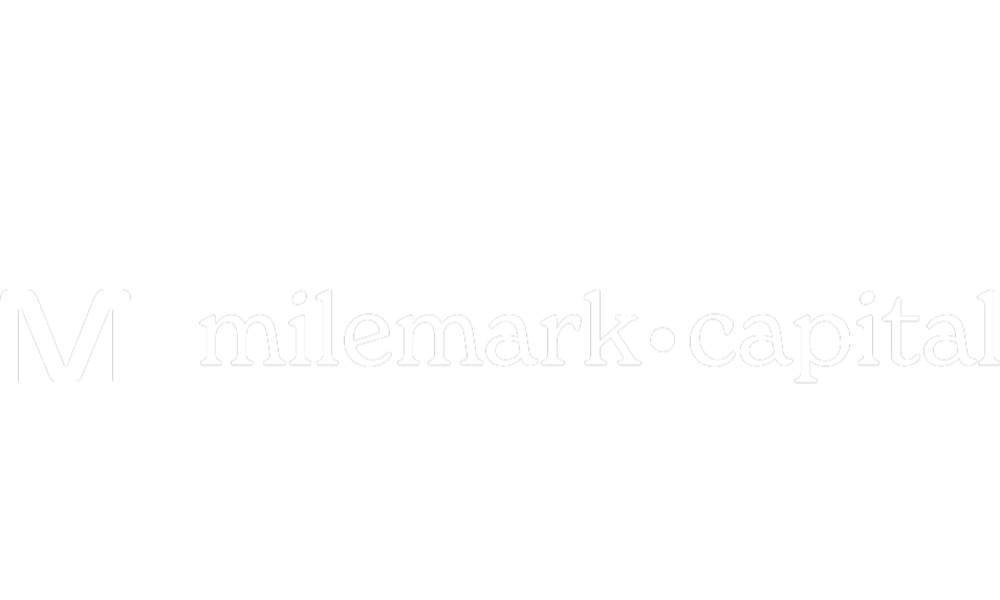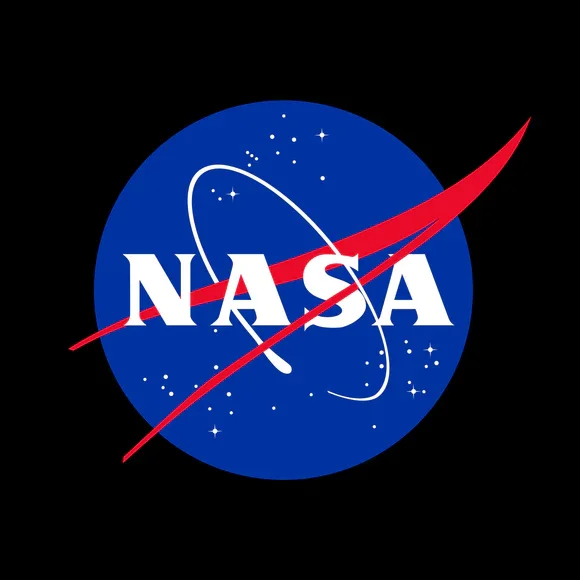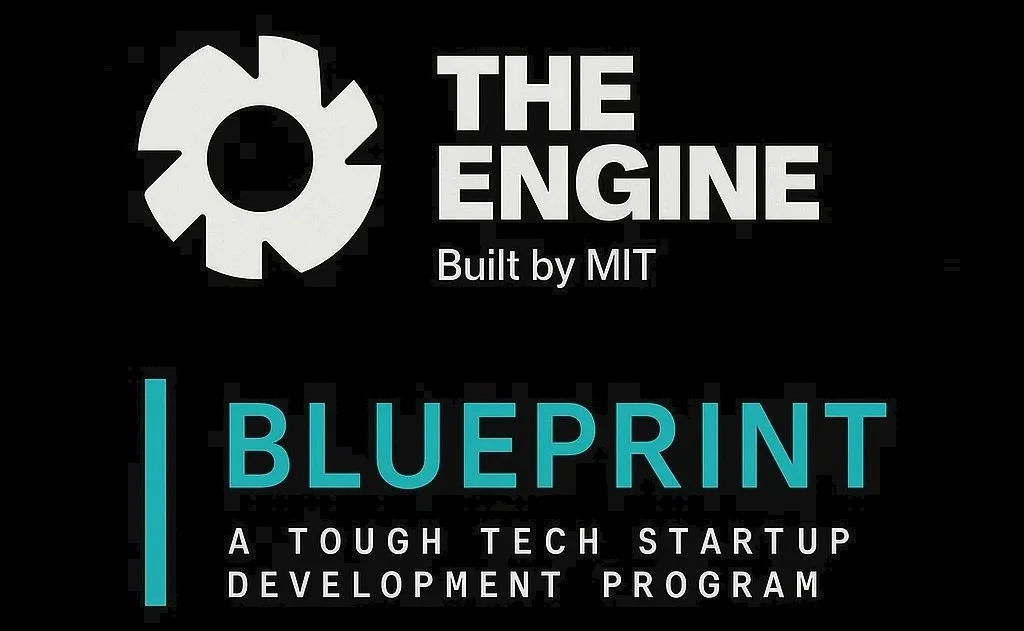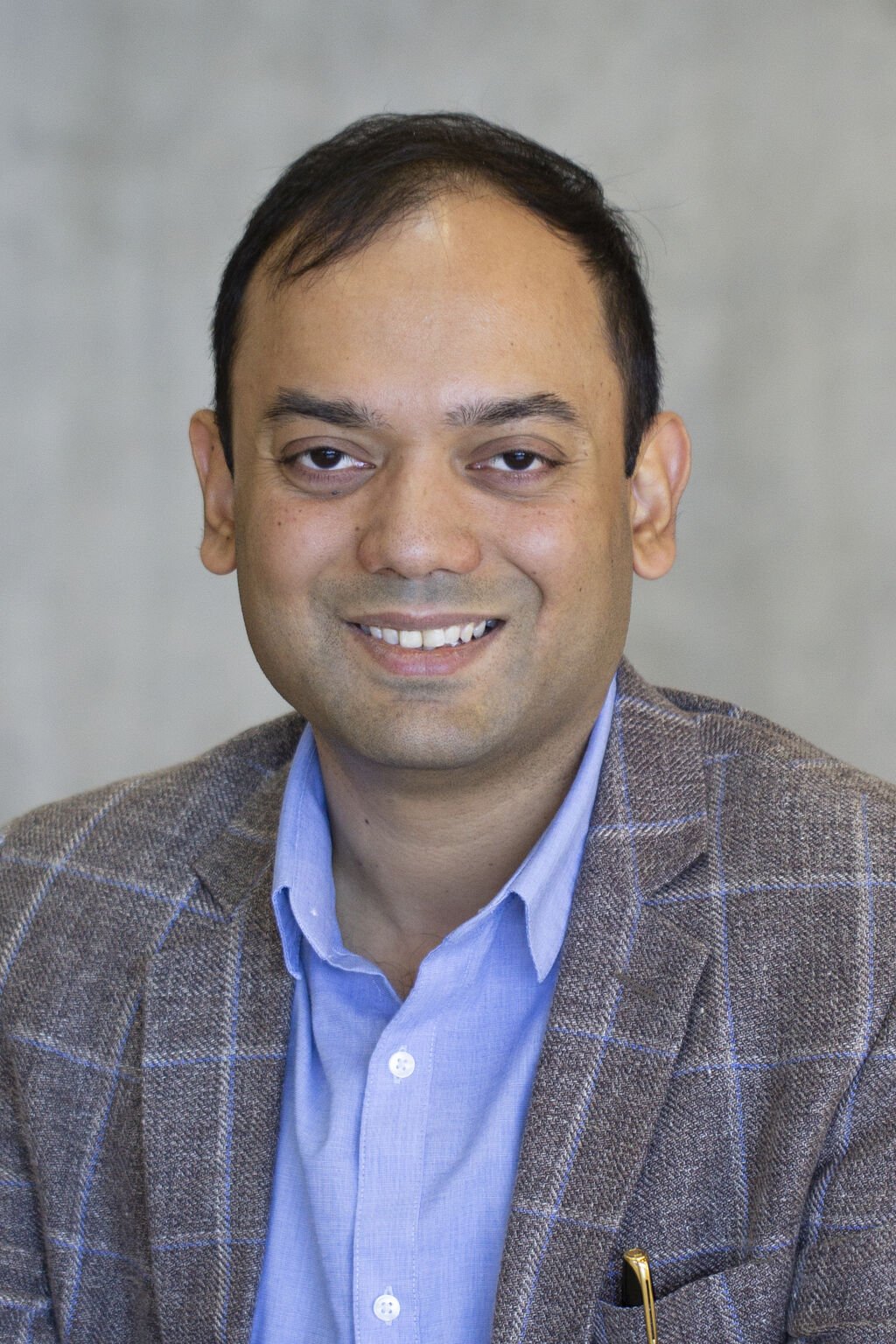

Perfect Vision
for Satellites and Machines
We are building the next generation of visual AI hardware and software to make satellites and machines see further and think faster.
Ultra-High Magnification Using Quantum Sensors
Capturing pictures with cameras means that 95% of the information of the photons is lost. Current satellites and machines suffer from low resolution, limiting them to a physical boundary, the diffraction limit.
Our award-winning technology uses breakthroughs in quantum technology developed for NASA to discover life on other planets. Our cameras are the first to break through this barrier, and see 20x further than any camera known to humanity.
Our technology was developed in partnership with DARPA and NASA for high-precision space situational awareness. It is intended to fit into the Habitable Worlds Observatory, the successor to the James Webb and Hubble space observatories, dedicated to finding exoplanets that can support life.
Our Tech
Who We Are
Our startup has roots in MIT, University of Maryland, and University of Arizona. The first-of-it’s-kind tech we develop is at the intersection of space, quantum photonics, and optics.
Our Headquarters are in Somerville, MA.

